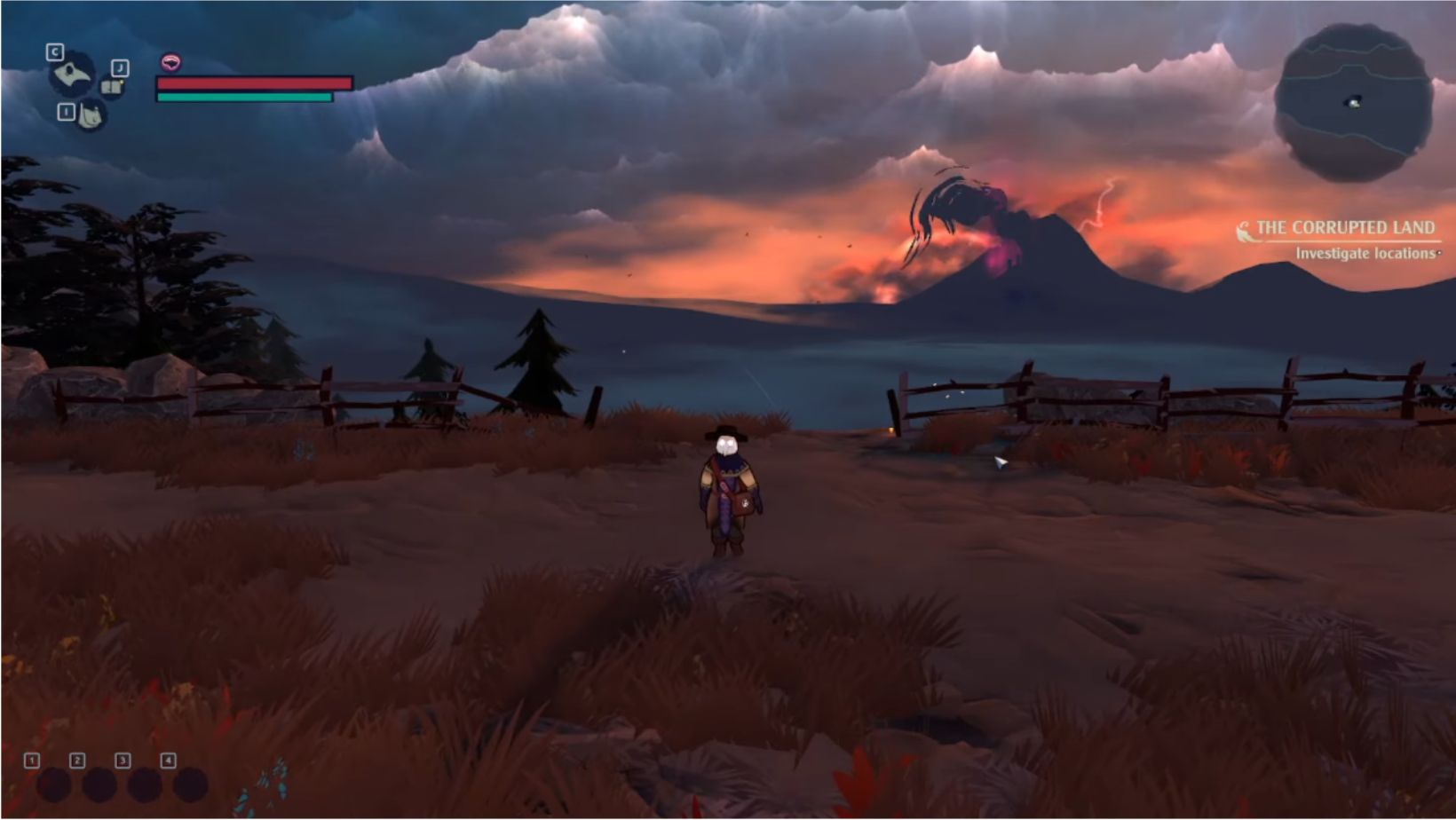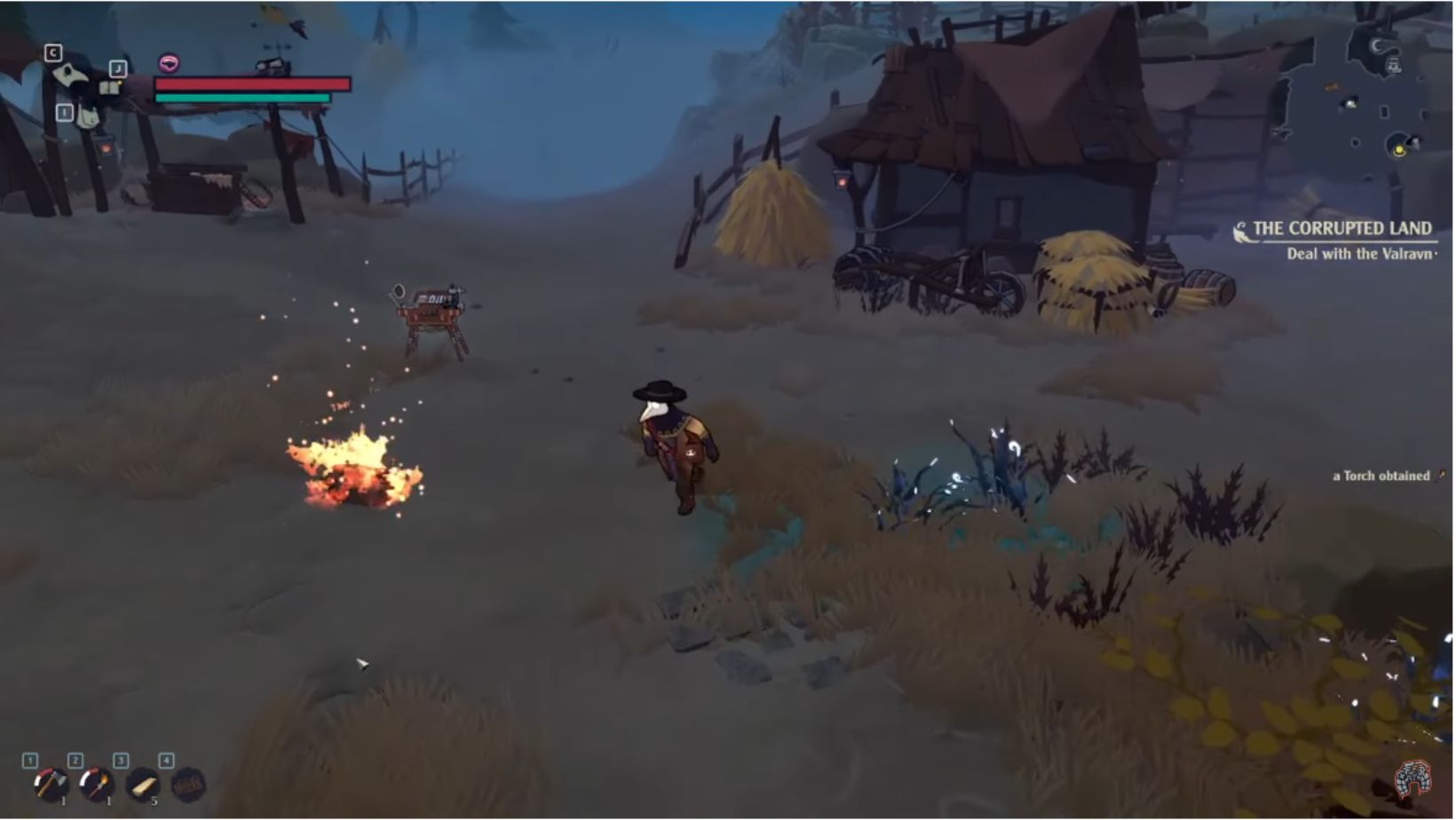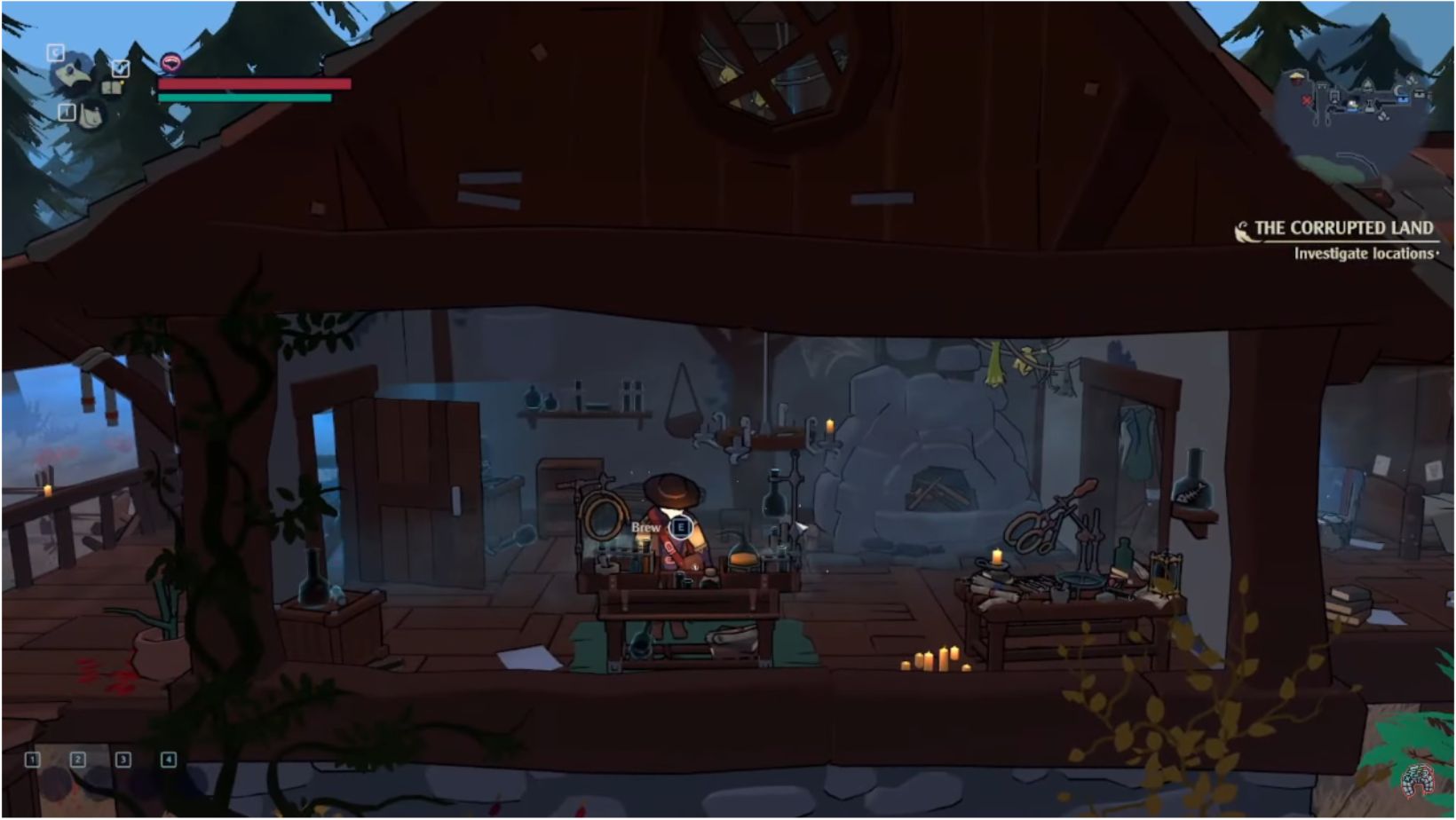
Creating a private server in World of Warcraft is a great way to upgrade your gaming experience. Here’s how you can do it!
- Install a Vanilla WoW Server like Mangos or TrinityCore.
- Configure port forwarding on your router to let traffic in.
- Change your firewall settings to allow game ports through.
- Set the realmlist so clients can connect.
Customizing WoW can add a new level of fun, like spawning NPCs and items with amazing features. Private servers give you total control over the environment, economy, and social interaction. Setting up personalization takes time and energy, but creating a unique world to play with friends and family is worth it. One gamer experienced unreliable internet, so he set up a home server. It was a success – he never disconnected or had lags during his gaming sessions.
Setting Up the Server Environment
To set up the perfect server environment for World of Warcraft, you must choose the right server software carefully. Once the software is set up, the next step is to acquire and install the server files. These two sub-sections will help you set up and get tooled into the world of World of Warcraft.

Choosing the Right Server Software
When it comes to servers, choosing the right software is key. Different software have their features and functions, so evaluate which will best meet your needs. Consider factors like reliability, compatibility, scalability, security, performance efficiency etc. Apache HTTP Server and Nginx are popular choices. But if you need more, research and analyse based on budget and functions. Then, think of future impacts like data growth or technology changes.
Poor quality software can be disastrous – downtime, performance issues, security breaches. For example, XYZ Corp had dozens of unhappy customers whose transactions failed due to an unstable connection. A cheaper choice caused these issues, costing them a renewal contract.
Acquiring and Installing Server Files
When setting up your server, files are needed for a smooth operation. Here’s what to do:
- Identify which server software is needed for the application.
- Get the installation files from a trusted source – the official vendor or open-source repository.
- Read through the vendor’s instructions.
- Install and configure the files, following their instructions.
- Test the server to make sure it’s been set up properly.
Remember: hardware/OS compatibility requirements must be understood before installing new software. The process of downloading and installing files has changed over time. Initially, manual downloads were standard, but the arrival of package managers like APT, YUM, and Homebrew have made it simpler to manage dependencies with one command line prompt. Customizing server settings? You never know what you’ll get.
World Of Warcraft Private Server
To configure server settings and customize your World of Warcraft experience for your private server, you must set up user accounts and permissions while adjusting server rules and gameplay mechanics. These two sub-sections provide solutions for your personalized WoW experience.
Setting Up User Accounts and Permissions
Configuring server settings includes setting up user access and authorizations. This way, you can control who is using the server and what actions they can take, for secure and efficient operation. Here are six steps to follow:
- List all users who need access.
- Decide the level of access each user needs.
- Create user accounts with unique usernames and passwords.
- Assign permissions to each account, depending on the access level they require.
- Test each account to ensure it has the right permissions and no errors occur.
- Keep accurate records of all user accounts, including access level reviews to ensure they stay appropriate.
Setting up user accounts is just one part of configuring server settings. You must also consider network security measures, backup procedures, and software updates.
Pro Tip: Document every step of the configuration process. This will help for future modifications or troubleshooting. If only life was as easy as configuring server settings!

Adjusting Server Rules and Gameplay Mechanics
The setup of a server’s rules and mechanics can dramatically influence users’ experience. Tweaking these settings enables a custom environment suited to the desired gameplay. For example, introducing a PvP system with modified rules and timings can make it more enjoyable for those who like this mode. It also attracts more people who share the same tastes.
Options to customize various game elements, such as resource availability, spawn rates, and crafting, are available. These alterations have substantial gameplay consequences, allowing server admins to control the frequency of certain items or resources. You must understand the server settings and be familiar with the game mechanics to make changes. Consider adding custom plugins and mods tailored to your preference to make servers unique. For instance, autoheal or teleportation plugins provide distinct experiences not found elsewhere. Or, use mods that cause terrain transformations so players can build bases and explore interesting landscapes.
Testing various configurations before deployment is advisable. This helps ensure everything works well without negatively impacting server performance. You can test different scenarios and refine each until you’re satisfied before making them accessible. Overall, tweaking server rules and mechanics requires varying levels of tech knowledge, but remains essential for providing enjoyable gaming experiences tailored to users on any platform.
Inviting Players to Join the Private Server
To invite players to join your private World of Warcraft server, you must advertise and promote the server to attract potential players. Once players start joining, managing and moderating your community effectively is important to ensure a fun and positive experience for everyone.
Advertising and Promoting the Server
To spread knowledge about the Server, certain operations must be conducted. Here are some successful ways to advertise it:
- Interact with likely gamers on platforms like Twitter, Instagram and Facebook.
- Make a nice website that has info on the Private Server.
- Work with famous gaming YouTubers/streamers to show the Server’s features via live streams or videos.
- Examine your competition to understand how you can outshine them.
- Offer deals such as in-game rewards or discounts for getting more friends to join the server.
- Recruit moderators who can watch and chat with players on different levels.
Note that adverts are an ongoing activity, not a one-time event. Also, think about regular updates and enhancements on the Server. When advertising your Private Server, make sure it looks different by emphasizing its special features.
Once, a small Private Server had difficulty drawing in new gamers. However, after employing techniques such as analyzing their competition and advertising on social media platforms, they got a lot of attention and the player base grew significantly. Managing a player community is like trying to herd cats, except these cats have keyboards and a flair for drama.
Managing and Moderating the Player Community
It’s important to consider various aspects when managing a player community. Ensure positivity and constructiveness! Here are some key points to keep in mind:
- Set rules & guidelines
- Be inclusive & respectful
- Provide support for reporting issues
- Communicate updates & changes
Creating a friendly atmosphere can make players loyal. Deal with misbehavior quickly & fairly. Inviting experienced players to join a private server can promote engagement & an exclusive atmosphere. Start implementing these strategies today for the best results.
Tech support PhDs, get ready – troubleshooting & maintaining a private server are necessary!
Troubleshooting and Maintaining the Private Server
To troubleshoot and maintain your private server in World of Warcraft, you must monitor its performance and stability while resolving common server issues. In this section of ‘How To Create Private Serves In World Of Warcraft’, we will provide you with the necessary solutions to tackle common server issues and help you monitor the performance of your private server to ensure its stability.

Common Server Issues and Their Solutions
This article talks about fixing problems with private servers. Website owners must prioritize troubleshooting and maintenance for smooth operation. Common issues include software upgrade difficulties, php errors, slow performance due to inefficient hardware components, and database connection problems.
Before starting an update, back up all data. This helps restore the system if something goes wrong. Coding errors, incompatibilities between different versions of php/scripts, or hacker attacks usually cause php errors. Enhancing hardware components is key to achieving high server performance. Thus, check RAM compatibility with CPU. Use error-checking memory modules for memory correction. Upgrade storage devices too.
A real story: A web development firm was experiencing slow client-website loading times. After trying every usual solution with no luck, they noticed inefficient hardware as the culprit. Finally, upgrading to more efficient-specific hardware remedied their website performance, meeting their clients’ requirements.
Bottom line? If your server crashes, it’s not your fault. It’s just performance anxiety!
Monitoring Server Performance and Stability
Maintaining a private server is not an easy job. You must regularly monitor resources, traffic, and configurations to ensure its performance and stability. Tools like system monitors, network monitors, and logging utilities help you track metrics like CPU usage, memory consumption, disk space, network traffic, error logs, and uptime. Analyzing this data can help you detect potential issues.
You must also update your server software with the latest patches and security fixes. This helps prevent security threats. In addition, having effective backup plans can save you in case of disaster.
Pro Tip: Configure your monitoring tools to alert you on what matters most. Don’t be overwhelmed by too much data, or you might miss important alerts. Let’s hope the future of private servers is brighter than the red warning lights we previously ignored.












